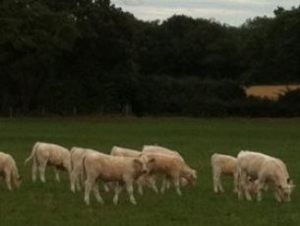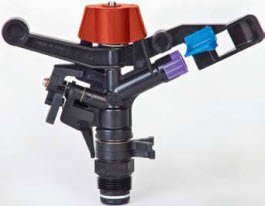News
CME: Cattle on Feed Supplies Continue Increasing

The 2016 calf crop was estimated by USDA to be 35.083 million head, almost 1 million head larger than a year ago. The 2017 calf crop will be reported in the USDA January Cattle Inventory survey, but early estimates peg the number at 36.3 million head, 1.2 million more than the previous year.
As the following chart shows, feedlots have increased placements in all cattle weight categories. More recently, the fastest increase has been in placements of light calves. Strong beef demand and more limited wheat grazing opportunities have encouraged this trend.

But before we look at the details of the placements by weight, let’s consider the aggregate numbers:
In the last three months feedlots placed 6.642 million head of cattle on feed, about 733,000 head more than the same three month period a year ago. If we were to assume a simple 150 days on feed for this additional feedlot supply, it would imply that cattle placed during this three month period will be available between the end of January and the end of April.
For this 13-week period, these higher placements mean an additional 56,000 head of cattle per week compared to a year ago. What was average weekly fed cattle slaughter during this period in 2017? For the period 29 January 2017 through 29 April 29 2017, fed cattle slaughter averaged around 472k head per week.

If all the cattle placed on feed between September and November all spend the same amount of time on feed, we would be looking weekly slaughter in Feb-Apr of around 528k head per week. But the assumption that the additional supply of cattle placed on feed during Sep-Nov will spend the exact amount of time on feed is fairly simplistic, indeed quite misleading.
Looking at the breakdown of placements by weight, 265k head were under 600 pounds. It will take a lot longer than 150 days to get these calves market ready. The bulk of those 265k light calves were placed on feed during October and November, which gives feedlots plenty of flexibility in terms of marketing them.

Some of those November placed calves may stay in the feedlot well into the summer months. What recent cattle marketing trends have showed is that seasonal beef demand remains very critical for the beef market.
Cattle prices spiked in May and June last year as retailers promoted beef very aggressively for a number of key holiday weekends. By aggressively placing light cattle on feed in October and November feedlots should be able to support those spring retail promotions with no issues.
As long as beef demand is strong, the retailer should have not issues sourcing and promoting beef next spring. But feedlot operators need to be careful. They cannot become complacent and fall behind in their marketings during Feb-Apr.
While they do not need to run slaughter at 528k, we think slaughter should continue to run at around 490-495k head per week to allow feedlots to stay current. If fed slaughter hovers at 480k head per week during this period, eventually the incremental loss of marketings will catch up with feedlots and force their hand, more likely in June and July.
For market participants, simply looking at placements is not enough. Rather, it will be more important to consider retail demand trends this winter (watch those chuck and round prices) and Q1 marketing rates.
TheCattleSite News Desk




















